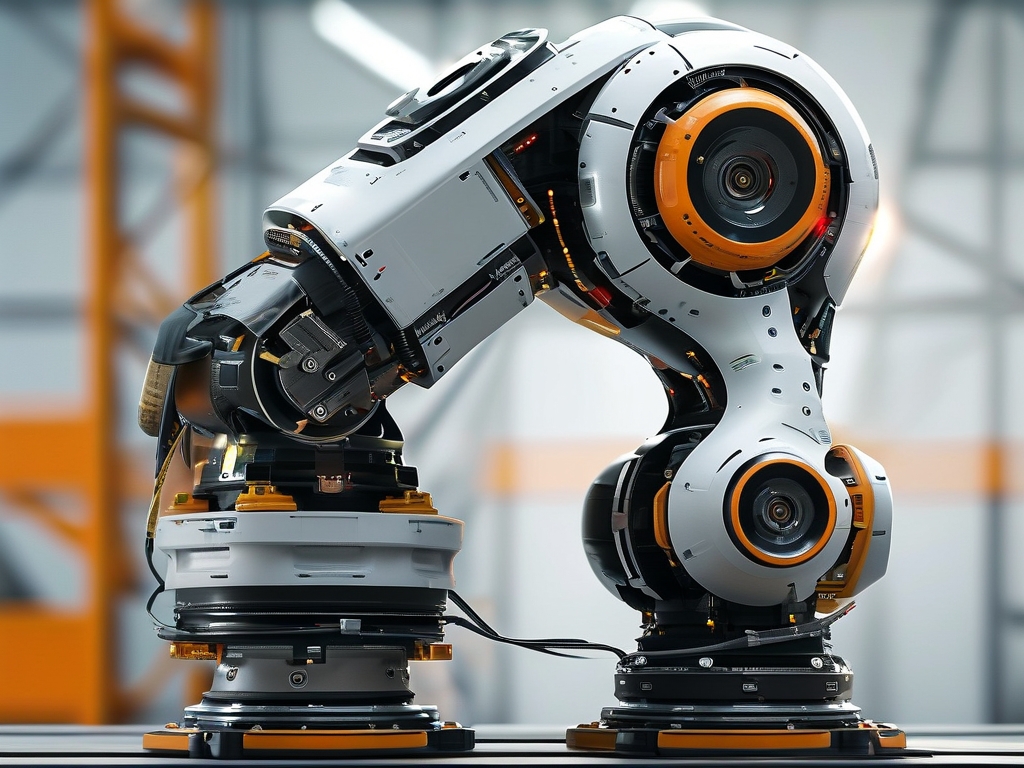The evolution of spiral robotics has introduced groundbreaking solutions across multiple industries, combining mechanical precision with adaptive functionality. Unlike traditional linear robotic systems, spiral-driven mechanisms leverage rotational motion and helical structures to achieve unparalleled performance in complex environments. This article explores the core advantages of this emerging technology and its transformative potential.
Precision in Confined Spaces
One of the most significant strengths of spiral robotics lies in its ability to operate within tightly constrained spaces. The helical design enables robots to navigate through narrow pipelines, biological systems, or intricate machinery without compromising maneuverability. For instance, in minimally invasive surgical procedures, spiral-driven micro-robots can traverse blood vessels with submillimeter accuracy, reducing trauma to surrounding tissues. Industrial inspections also benefit from this capability, as spiral robots access hard-to-reach areas in energy infrastructure or manufacturing equipment, capturing high-resolution data for predictive maintenance.
Enhanced Adaptability
Spiral robotic systems excel in dynamic environments where surface conditions or obstacles vary unpredictably. The rotational movement generated by spiral actuators allows these machines to adjust their grip, speed, and direction instantaneously. Agricultural applications demonstrate this advantage vividly: spiral robots equipped with soil-sampling modules can climb over rocky terrain, anchor themselves on slopes, and even burrow into compacted earth to analyze nutrient levels. This adaptability extends to underwater exploration, where spiral propulsion mechanisms enable submersibles to maintain stability in strong currents while conserving energy.
Energy Efficiency and Sustainability
The biomechanics-inspired design of spiral robotics contributes to remarkable energy conservation. By mimicking the efficient motion patterns found in nature—such as the helical swimming of bacterial flagella or the drilling motion of plant roots—these systems minimize friction and mechanical wear. A study by the International Robotics Consortium revealed that spiral robots consume 40% less power than conventional counterparts when performing equivalent tasks in material transport applications. This efficiency aligns with global sustainability goals, particularly in logistics and renewable energy sectors where reduced energy consumption directly correlates with lower operational costs and carbon footprints.
Multifunctional Integration
Modern spiral robotics platforms support modular component integration, allowing single systems to perform diverse tasks. A drone equipped with spiral landing gear, for example, can transition from aerial surveys to ground-based soil analysis by twisting its legs into drilling positions. Similarly, warehouse management systems deploy spiral robots that sort packages, conduct inventory scans, and transport goods using unified helical mobility units. This multifunctionality reduces the need for specialized machinery, streamlining operations in sectors like healthcare, where a single spiral robot might handle drug delivery, sterilization, and patient monitoring within hospital corridors.
Challenges and Future Directions
Despite its advantages, spiral robotics faces technical hurdles, including heat dissipation in high-torque applications and material durability under repetitive stress. Researchers are experimenting with shape-memory alloys and graphene-based composites to address these limitations. The next generation of spiral robots may incorporate AI-driven predictive algorithms to optimize movement patterns in real time, further enhancing their decision-making autonomy.

As industries prioritize flexibility and efficiency, spiral robotics stands poised to redefine automation standards. From precision medicine to environmental monitoring, the fusion of helical mechanics with smart technologies promises to unlock new frontiers in robotic applications.






